In the common understanding of people who have never studied calligraphy, regular script should be horizontal and vertical, and "waist and crooked" writing cannot be regarded as calligraphy. They believe that good calligraphy should be correct, neat, and "well-behaved"!
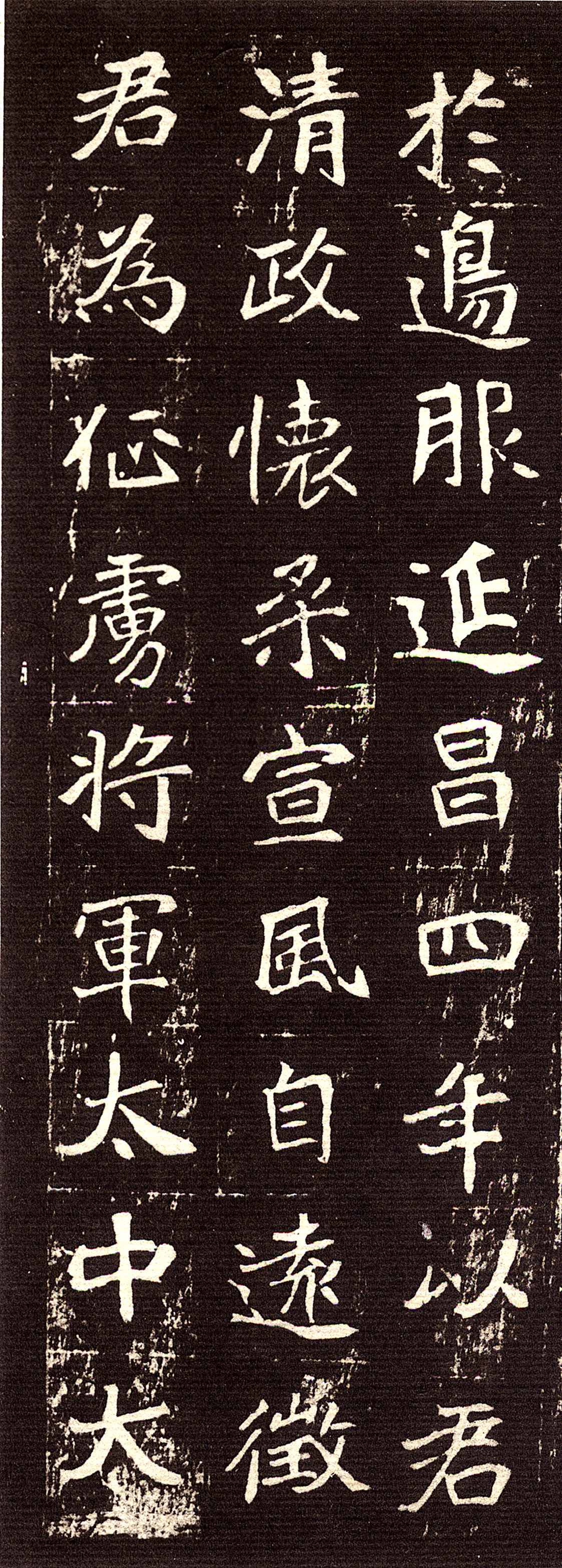
Wei stele "Cui Jingyong's Epitaph" regular script long scroll
But real calligraphy is just the opposite. Writing neatly, neatly and uniformly has never been the highest pursuit of a real calligrapher in life, but the basic skills that need to be achieved in the initial entry stage!
However, many people lose themselves at this introductory stage and are unable to get out, thus failing to enter the true palace of calligraphy art.
In fact, it is not difficult to write a word 100 times and make it exactly the same. What is difficult is how to write these 100 words in a way that conforms to the laws of art. This is what an artist should pursue. In order to write 100 words exactly the same, This is arts and crafts, what we often call "wordsmiths"!
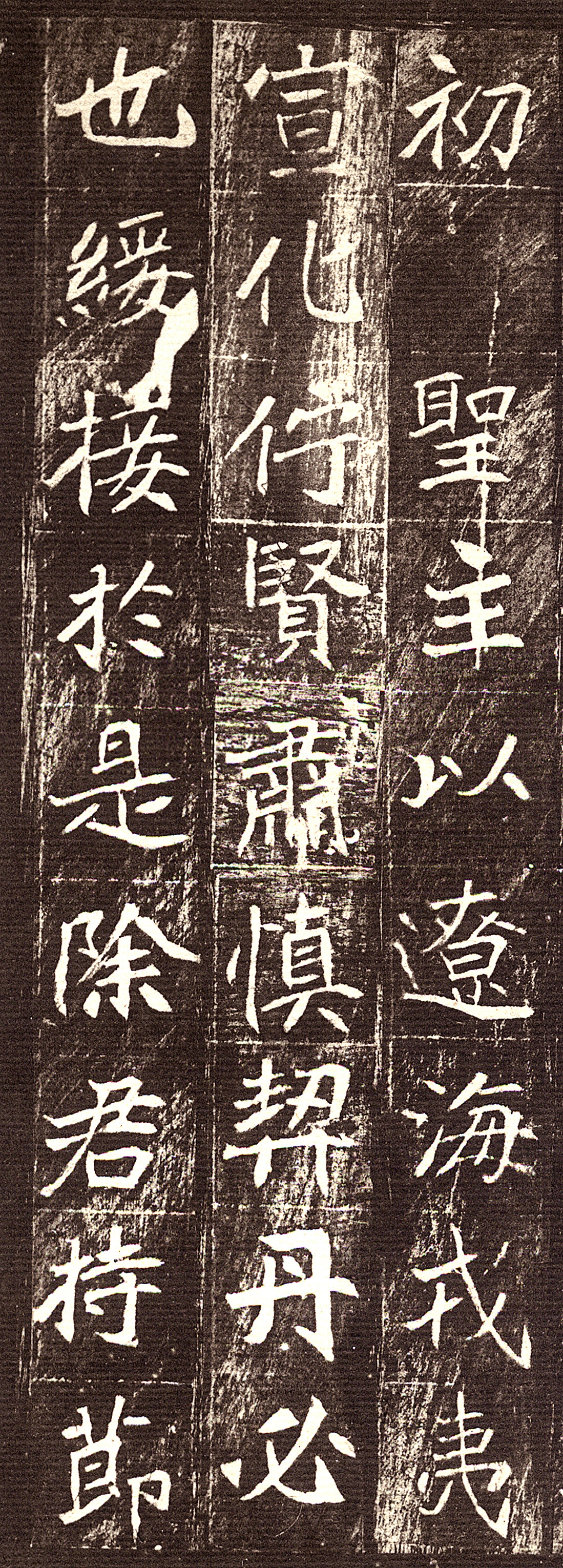
Wei stele "Cui Jingyong's Epitaph" regular script long scroll
Regular script in Chinese calligraphy can be divided into three writing paradigms according to the artistic category. The earliest ones appeared in Wei Stele and Jin Kai script, and the last one was in Tang Dynasty. But from an artistic point of view, Jin Kai and Wei Stele are far better at changing their skills than Tang Kai. Although the subtle changes in the regular scripts of Ou, Liu, Yan, Chu and others are beyond the reach of future generations, from the neat In terms of artistic style, it is far inferior to that of the Wei and Jin Dynasties!
As one of the origins of Tang Kai script, Wei Stele contains almost all the techniques of Tang Kai script, and also contains a rich atmosphere of the Northern Dynasties. So from a regular script perspective, after Tang Kai script reaches a certain height, Wei Stele is what you want to explore in the art field. A treasure land!
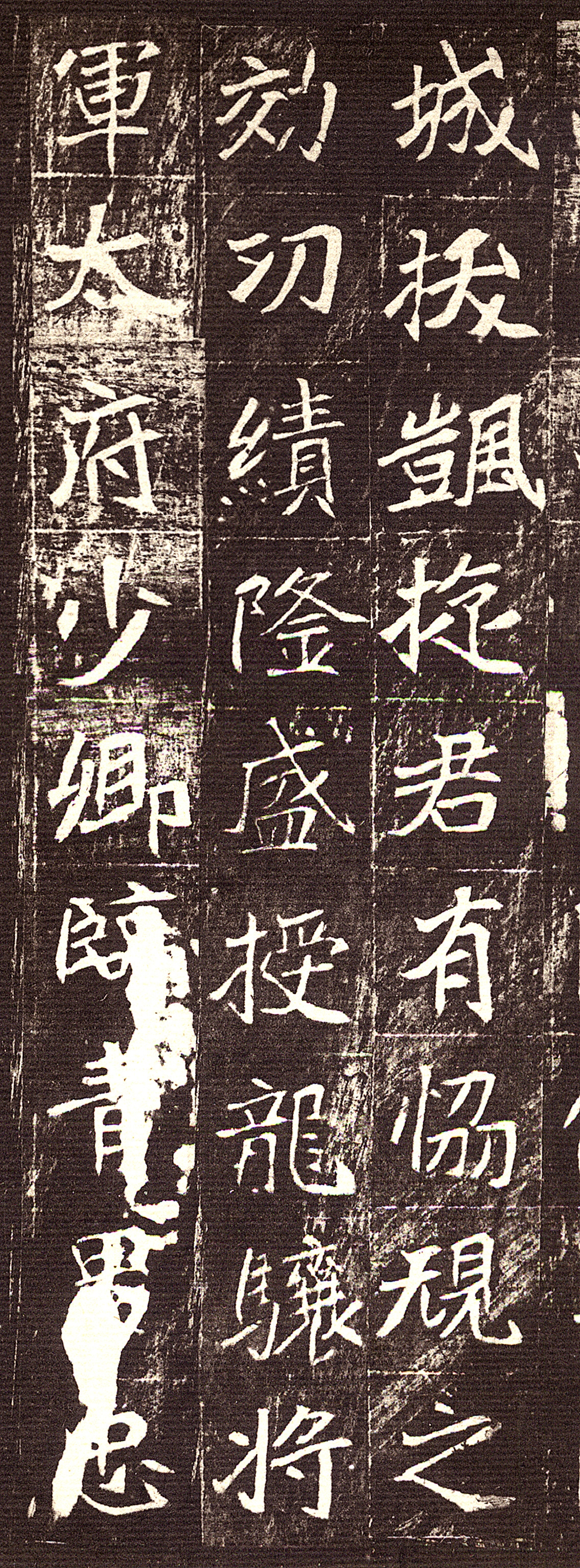
Wei stele "Cui Jingyong's Epitaph" regular script long scroll
Among the many famous steles from the Wei Dynasty, there are too many classics worth learning from, such as the more individual "Li Bi's Epitaph", the powerful "Zhang Menglong Stele", the European style "Zhang Heinv's Epitaph", and the ever-changing "Epitaph". Diao Zun's Epitaph" and the royal edict's "Yuanshi's Epitaph" and other works.
However, the one with rich changes, mellow structure, and a neutral and peaceful atmosphere as a whole must belong to "Cui Jingyong's Epitaph"!
If we choose one classic that is most worth learning and copying among all the famous works of Wei steles, "Cui Jingyong's Epitaph" is definitely suitable for most people to copy for life.
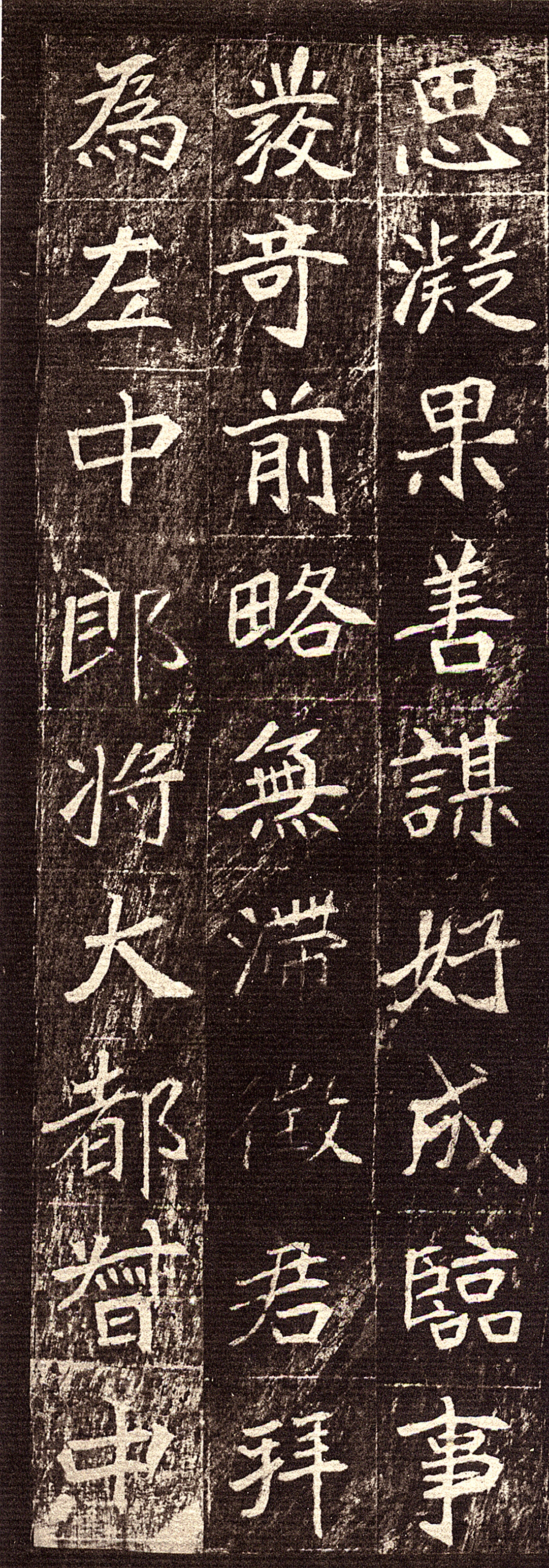
Wei stele "Cui Jingyong's Epitaph" regular script long scroll
Judging from the writing style, the writing style used on this stele is round, elegant, and the lines are full of the meaning of seal characters. Therefore, no matter how large the characters on this stele are, they will not lose their power, and the writing style can be both square and round strong>, it is rare among the famous Wei stele products that mainly use square brushes!
Structurally, this monument has many changes. The changes in square and circle, side changes, density changes, opening and closing changes, etc. create an overall natural style. The straightforward and natural changes do not lose the stability. The shape is far more intriguing than those artistic characters that look like operators!

Wei stele "Cui Jingyong's Epitaph" regular script long scroll
At the same time, when this stele was carved, it was one of the very few works in the Wei stele that used a knife to change the shades. Therefore, the overall style has a special epigraphic interest. This is why later generations regard this work as the focus of studying Wei stele.
This "Cui Jingyong Epitaph" was unearthed in Anping, Hebei during the Kangxi period of the Qing Dynasty. It was damaged in the last century, and only rubbings survive today.
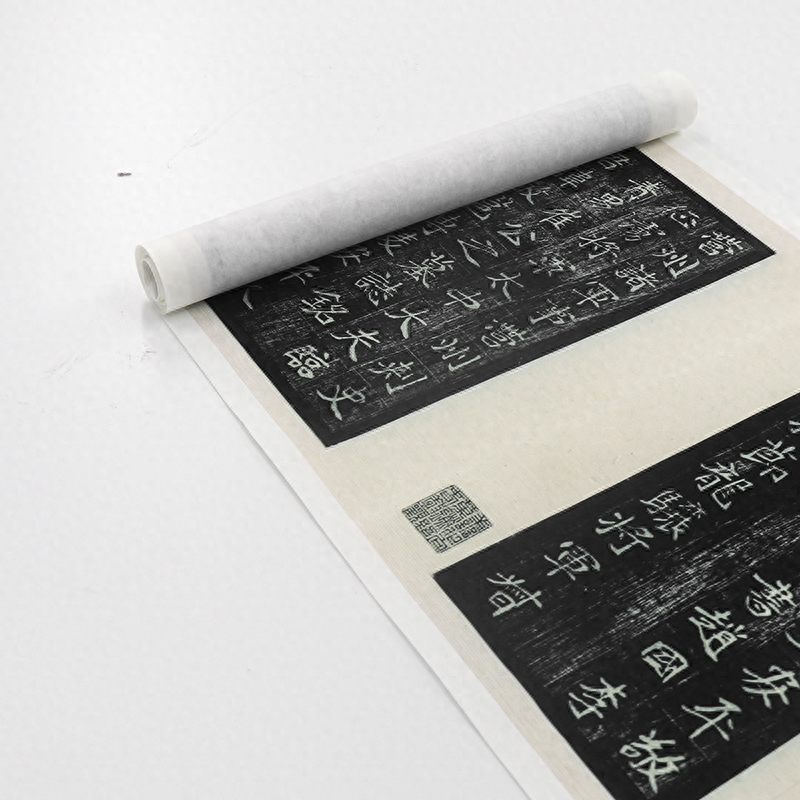
Wei stele "Cui Jingyong's Epitaph" regular script long scroll
Now, we have scanned and copied the earliest and clearest Qing rubbing of "Cui Jingyong's Epitaph" in ultra-high definition, and restored a work that is almost identical to the original. Delicate and clear.
To purchase this "Cui Jingyong's Epitaph", please click belowPurchase:
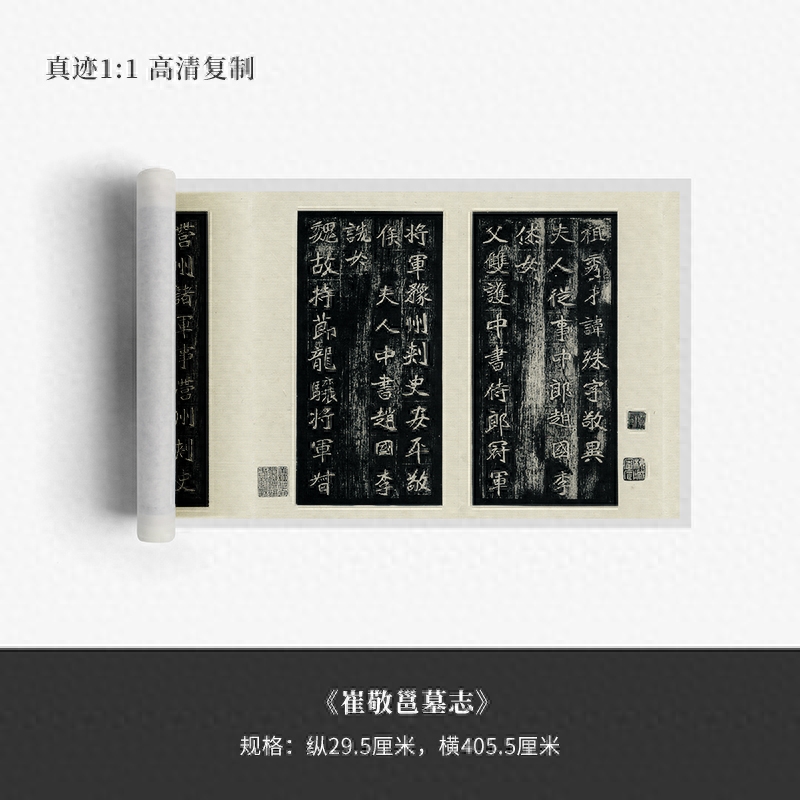
Wei stele "Cui Jingyong's Epitaph" regular script long scroll
Articles are uploaded by users and are for non-commercial browsing only. Posted by: Lomu, please indicate the source: https://www.daogebangong.com/en/articles/detail/heng-ping-shu-zhi-de-na-jiao-mei-shu-zi-zhen-zheng-de-kai-shu-zhang-zhe-yang.html

 支付宝扫一扫
支付宝扫一扫 
评论列表(196条)
测试